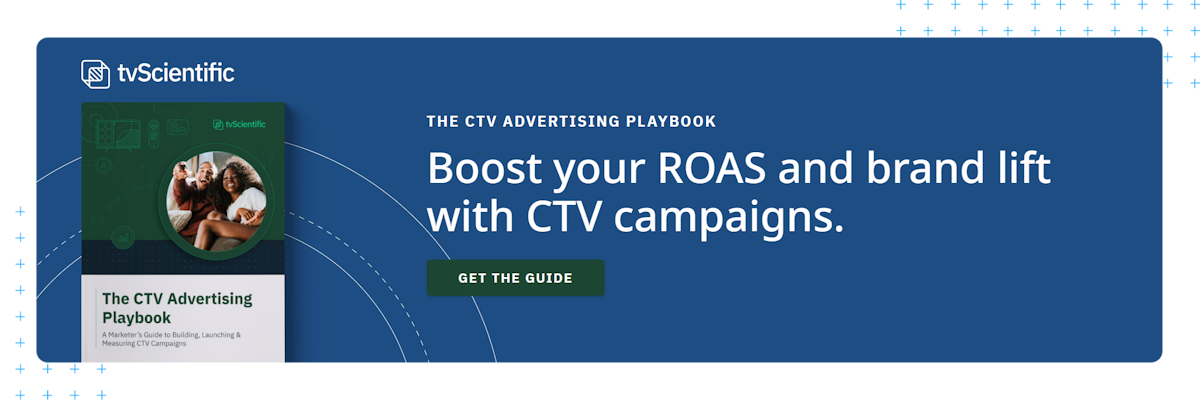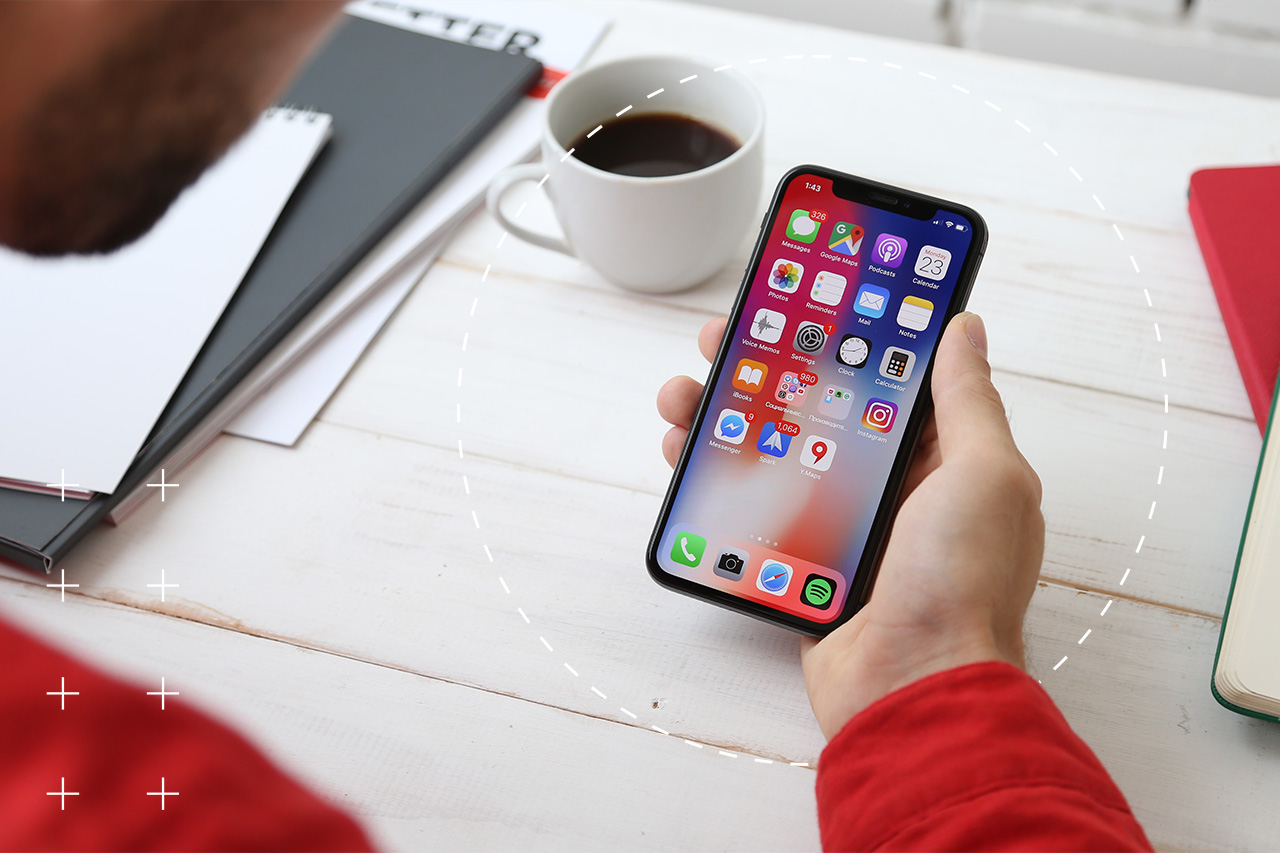From pre-launch prep to post-launch promo and more, this guide will help you learn how to stand out from the crowd and achieve app marketing success.
Use this guide to build your mobile app marketing checklist
Mobile apps are integral parts of our lives. With millions of apps available on various app stores and mobile devices, competition is fierce, and getting fiercer. As of Q2 2023, there are over 2.6 million apps available for download on the Google Play Store and over 2.29 million on Apple’s App Store. To make your app stand out in this crowded space, you’ll need a robust marketing strategy.
This comprehensive guide will dive into the world of mobile app marketing strategies, covering everything from pre-launch preparation to post-launch promotion so you’ll have a roadmap to successfully build a comprehensive marketing plan.
1. Understand the Mobile App Market
The Ecosystem
Before diving into marketing strategies, it's essential to understand the mobile app ecosystem. There are two main app stores: Apple's App Store (iOS) and the Google Play Store (Android). Both have their unique rules and guidelines for app submission that must be followed. Users download apps from these stores onto their mobile devices like smartphones and tablets.
Market Research
Market research is the foundation of a successful mobile app marketing strategy. Start by analyzing your competitors, identifying their strengths and weaknesses, and understanding their user base. This information will help you position your app effectively by contrasting it to your operations and desired target audience.
Identify Your Target Audience
Deeply understanding your target audience is crucial. Create detailed buyer personas to understand potential user demographics, preferences, and pain points. Tailor your marketing efforts and messaging to address their specific needs.
2. Pre-Launch Preparation
App Development
Ensure your app is well-developed, bug-free, and provides a seamless user experience. Consider beta testing to gather actual user feedback to help iron out any issues before the official launch so you’re ready for a massive influx of app installs.
App Store Optimization (ASO)
ASO is the process of optimizing your app's listing on app stores to improve its visibility and discoverability. This includes selecting relevant keywords, crafting an enticing title and description, and using high-quality visuals. This powerful app marketing concept may seem daunting, but thinking of it as search engine optimization (SEO) for the various app stores may make things easier.
Read our full ASO guide here.
Create a Unique Selling Proposition (USP)
What sets your app apart from the competition? Define your app's unique selling proposition and communicate that differentiation clearly to potential users. Highlight the key features that make your app valuable.
Build a Landing Page
Create a captivating and convincing landing page for your app. This will serve as a central hub for marketing efforts and allow users to learn more about your app before downloading it.
Beta Testing
Beta testing involves releasing a limited version of your app to a group of testers. Their feedback will help you make necessary improvements and identify any issues before the official launch.
3. Launch Your App
Choose the Right Launch Date
Timing is crucial. Research the best time to launch your app based on your target audience's habits and preferences. Avoid launching during major holidays or big events that may overshadow your release.
Create Stunning App Store Screenshots and Videos
Visuals are the first things users see when they visit your app store page. Invest in high-quality screenshots and videos that showcase your app's features and benefits.
Write a Compelling App Description
Boost new user acquisition by crafting a compelling app description that clearly explains what your app does while addressing user pain points and highlighting its unique value proposition.
Leverage App Store Reviews
Encourage users to leave positive reviews and ratings on the app store. Respond to user reviews, both positive and negative, to show that you value user feedback. Great reviews mean happy users and happy users are more likely to spread invaluable word-of-mouth referrals that boost conversion rates.
Press Releases and Media Coverage
Reach out to tech bloggers and journalists to create buzz about your app. Press releases and media coverage can generate interest and drive initial downloads.

4. Post-Launch Marketing
Social Media Marketing
Create and maintain a strong presence on social media platforms relevant to your target audience like X (Twitter), Instagram, Facebook, LinkedIn, TikTok, etc. Share engaging content, run targeted ads, and interact with your followers to build a community that drives new user acquisition and app downloads. Social media can be one of the most impactful digital marketing channels available.
Content Marketing
A solid content marketing strategy involves creating engaging content related to your app's functionality. This can include blog posts, videos, infographics, and more. Share this content on your blog, social media, and other relevant platforms to establish authority and attract new users.
Email Marketing
Build an email list of potential and existing app users. Send regular updates, newsletters, and promotional offers to keep users engaged and informed about your app.
Influencer Marketing
Collaborate with influencers in your app's niche to promote it. Influencer marketing can provide authentic endorsements that reach a wider audience you may not normally have access to.
App Monetization Strategies
Choose the right monetization strategy for your app. Options include freemium models, in-app purchases, in-app ads, and subscription-based services. Ensure your monetization strategy aligns with your app's user base and value proposition.
User Engagement and Retention
Focus on user engagement and retention to keep users coming back while avoiding high churn rates. Implement clever push notifications and in-app messaging, offer rewards for loyal users, and continually update your app with new features and improvements.
5. Measure and Analyze Success
Key Performance Indicators (KPIs)
Identify key performance indicators (KPIs) to measure your marketing plan outcomes and app success metrics. Common KPIs include downloads, active users, retention rate, revenue, and user reviews.
Read up on the key metrics to track for mobile app marketing campaigns.
App Analytics Tools
Utilize app analytics tools like Google Analytics, Firebase, or Mixpanel to track user behavior within your app and spot problem areas like onboarding issues or pre-download bottlenecks. This data will help you make data-driven decisions to improve your app promotion and marketing efforts while providing useful insights to use when selling in-app advertising.
User Feedback
Listen to user feedback and make iterative improvements to your app based on user base suggestions and pain points. A responsive approach to user feedback can lead to increased user satisfaction, higher retention rates, positive app reviews, and a boost to brand awareness.
A/B Testing
Conduct A/B tests to optimize various elements of your product functionality and app marketing campaigns. Test different app store visuals, ad creatives, ASO strategies, pricing, and messaging to see what resonates best with your current user base and potential customers within your target audience.
6. Iterate and Improve Your App
Continuous Development
Never stop improving your product. Regularly release updates with new features, bug fixes, and improvements to keep app users excited, engaged, and satisfied.
User Feedback Loop
Maintain a strong feedback loop with your users. Implement a system for users to report bugs and suggest improvements easily. Acknowledge their feedback and show them that their input matters.
Stay Updated on Trends
Stay current with industry trends and emerging technologies with market research so you can adapt your product and brand marketing strategies to align with the latest developments.
Expand to New Platforms
Consider expanding your app to other platforms beyond mobile devices, like wearables, smart TVs, or desktops, if it aligns with your app's purpose and target audience preference.
7. Get Ready, Get Going
Successfully marketing your mobile app is an ongoing process requiring careful planning, constant adaptation, and a deep understanding of your target audience and the app market. By following our comprehensive guide to mobile app marketing strategies, you have the tools and knowledge needed to set your app up for success.
In the competitive world of mobile apps, continuous improvement and innovation are essential. Stay up to date with the latest trends, gather user feedback, and always be ready to adapt and iterate. Maintain a strong connection with your users and keep their needs at the forefront of your development efforts to build a loyal user base that supports your app for years to come.
Remember that creating a successful mobile app means building a great product while also effectively promoting it to your target audience. Whether you're launching a brand-new app or seeking to revitalize an existing one, the strategies discussed here can help you maximize your app's visibility, user engagement, and ultimately, its success.
With this guide in hand, it's time to embark on your mobile app marketing journey. Take one step at a time, measure your progress, and be patient. Building a successful app takes time, dedication, and a willingness to learn from both successes and setbacks. Best of luck with building and marketing your app!
Interested in using the power of CTV to market your app? Get in touch with our team to learn more about how tvScientific can help.






